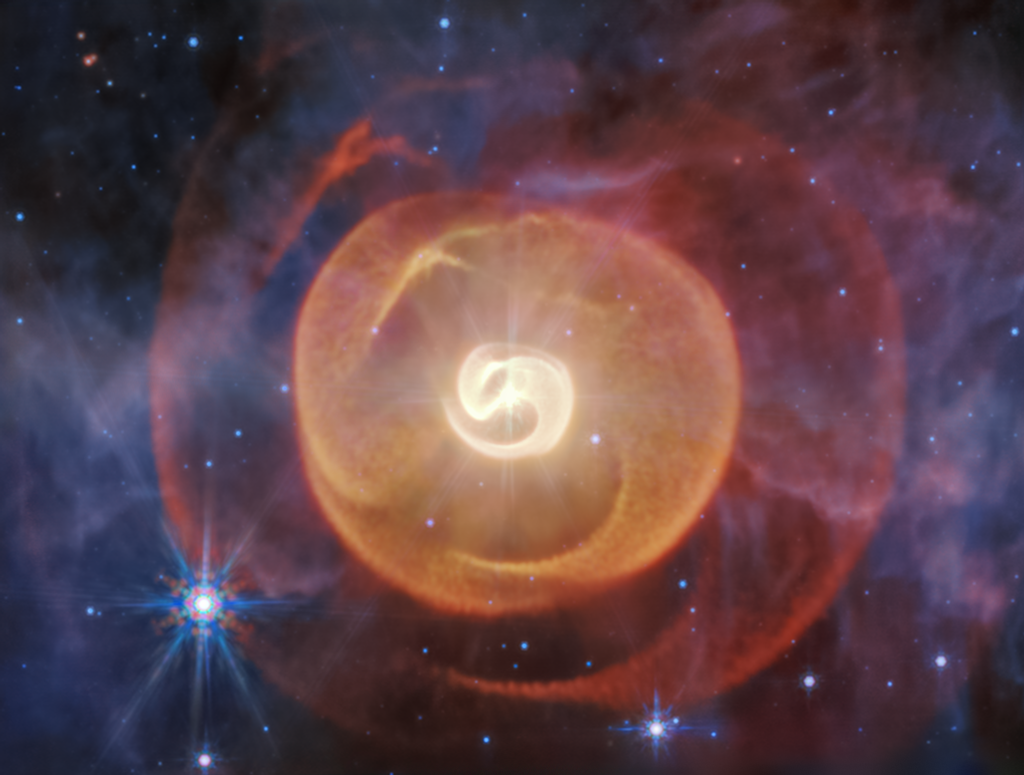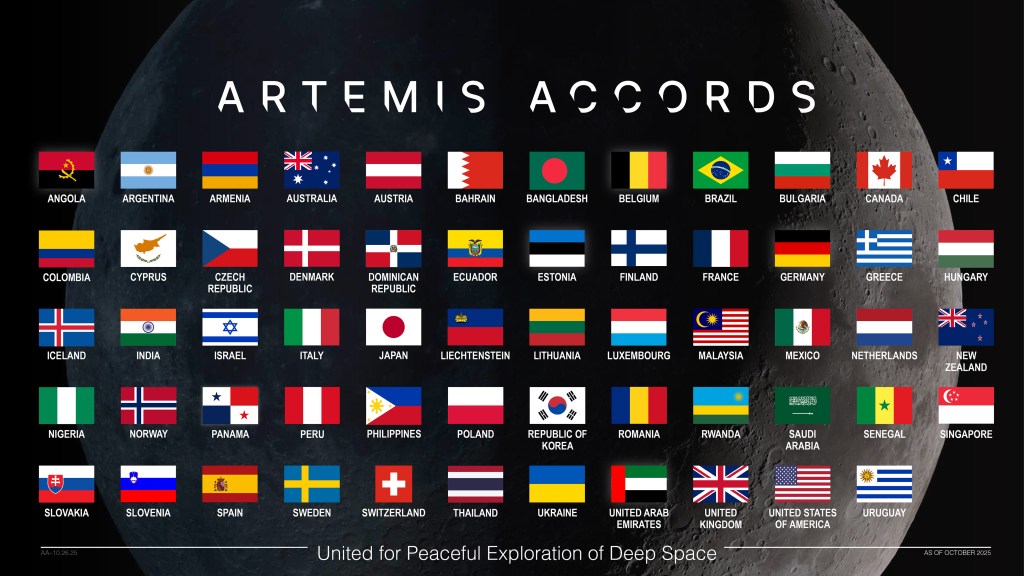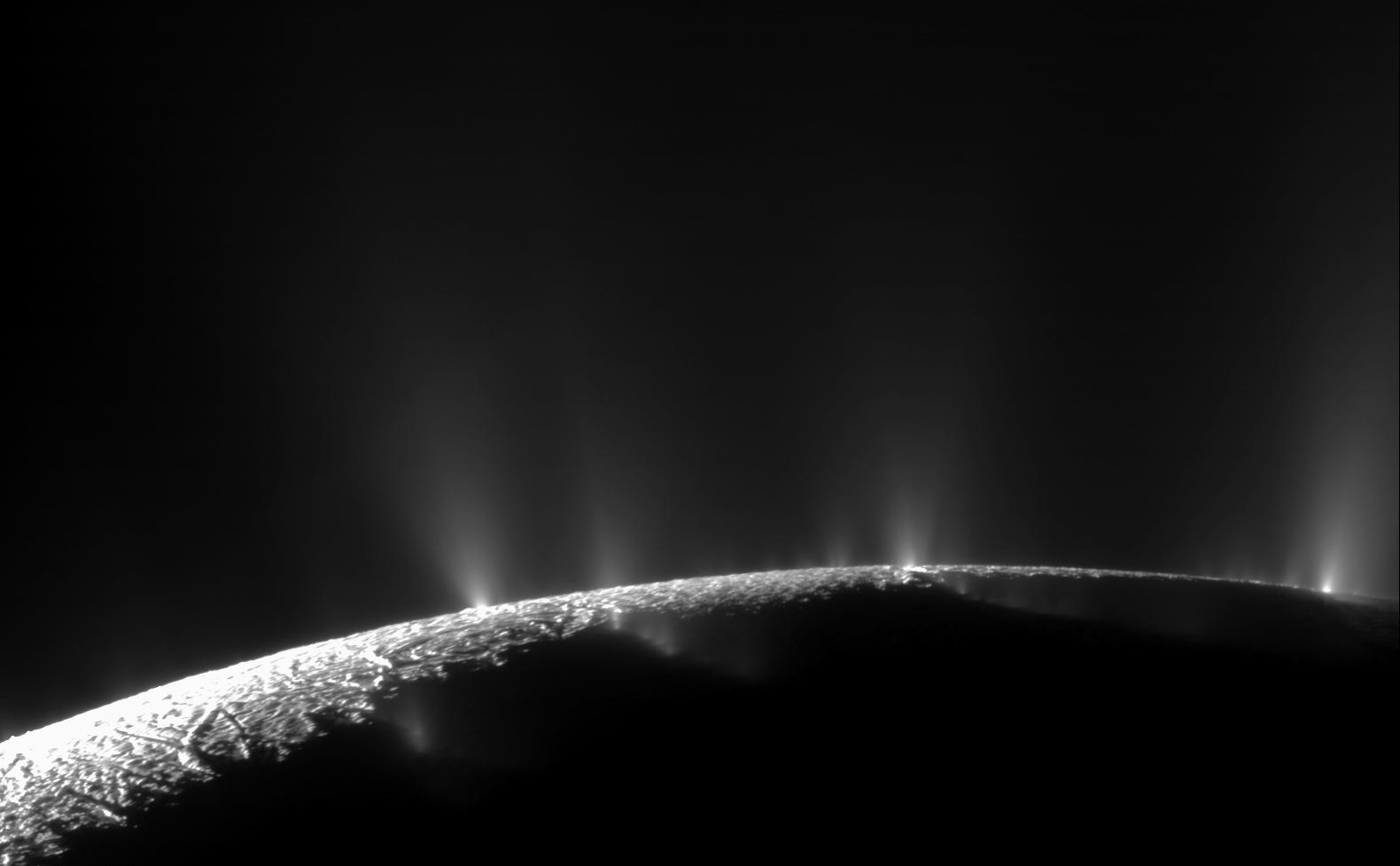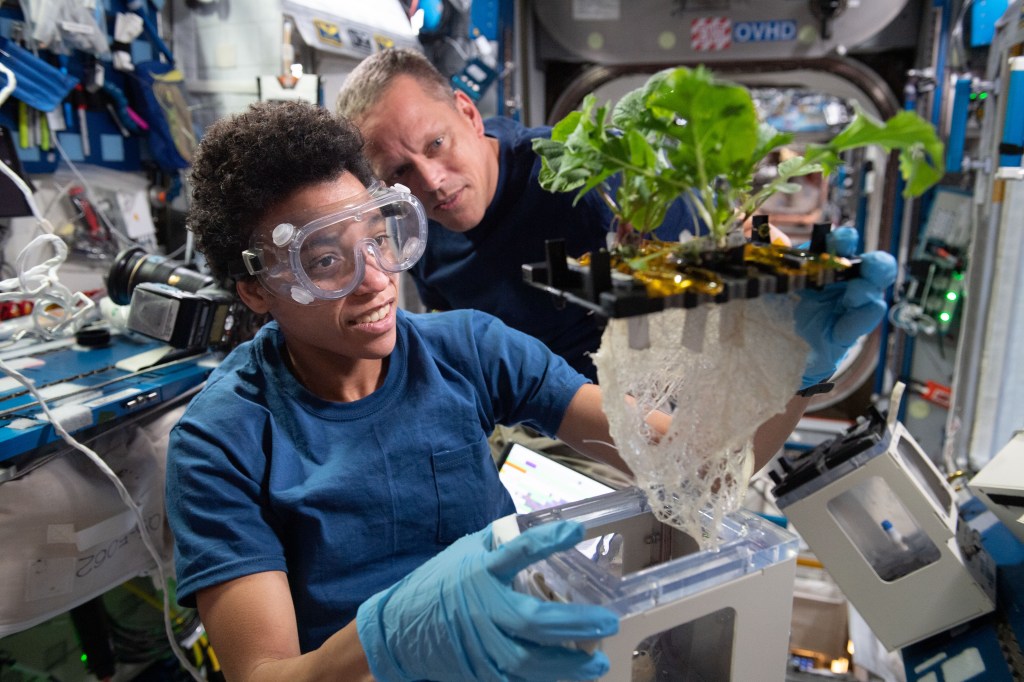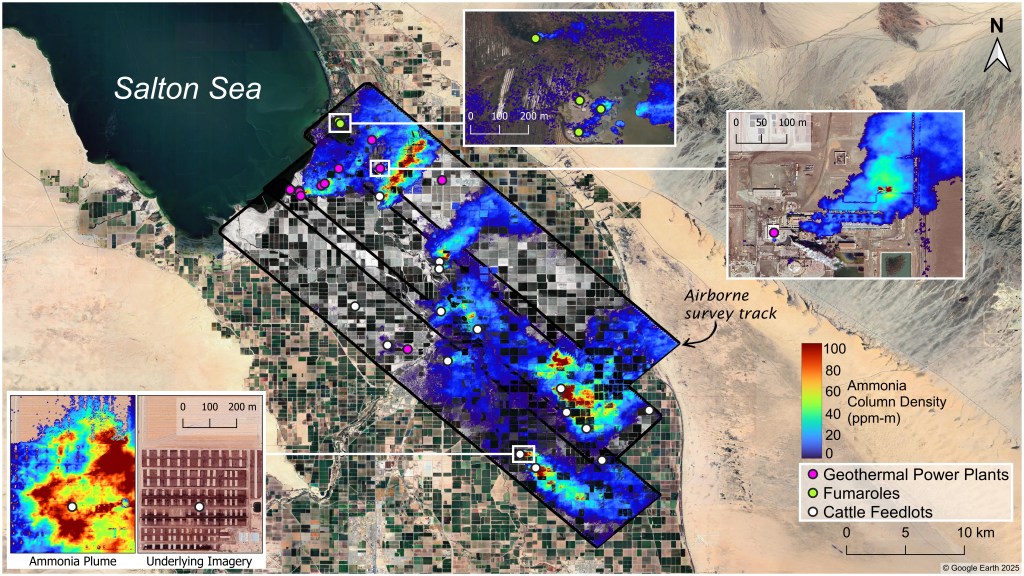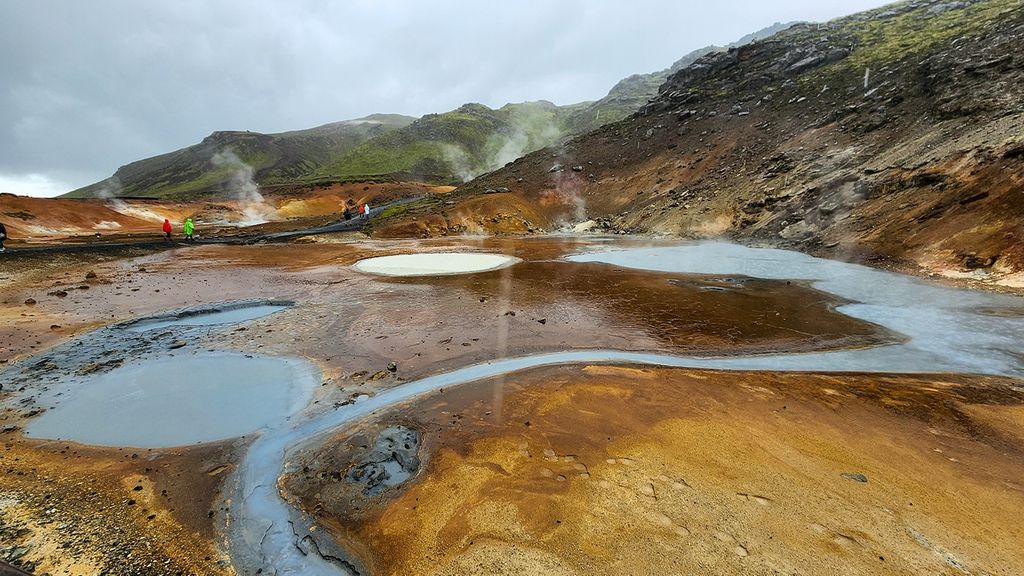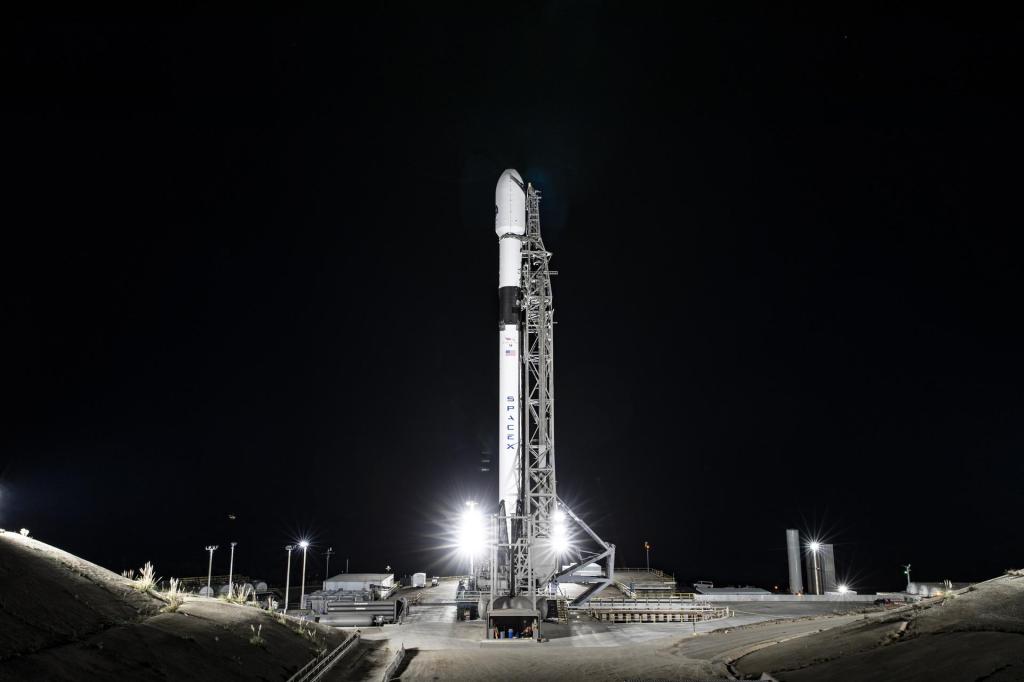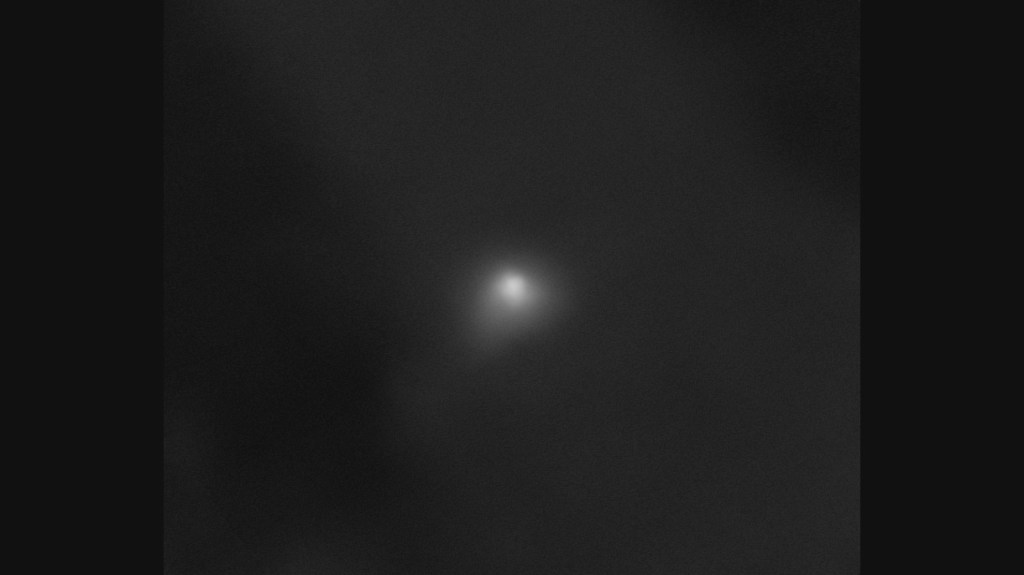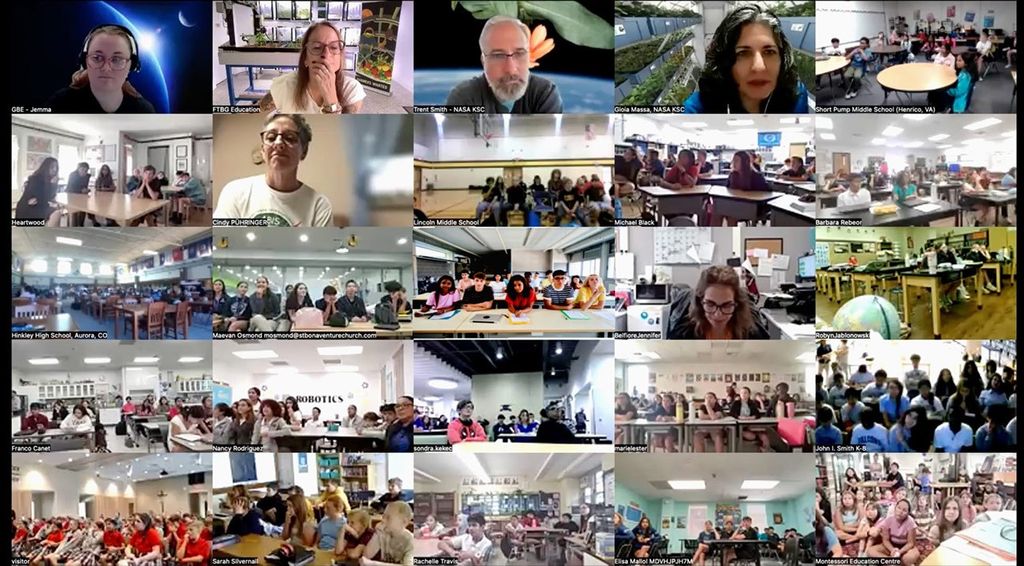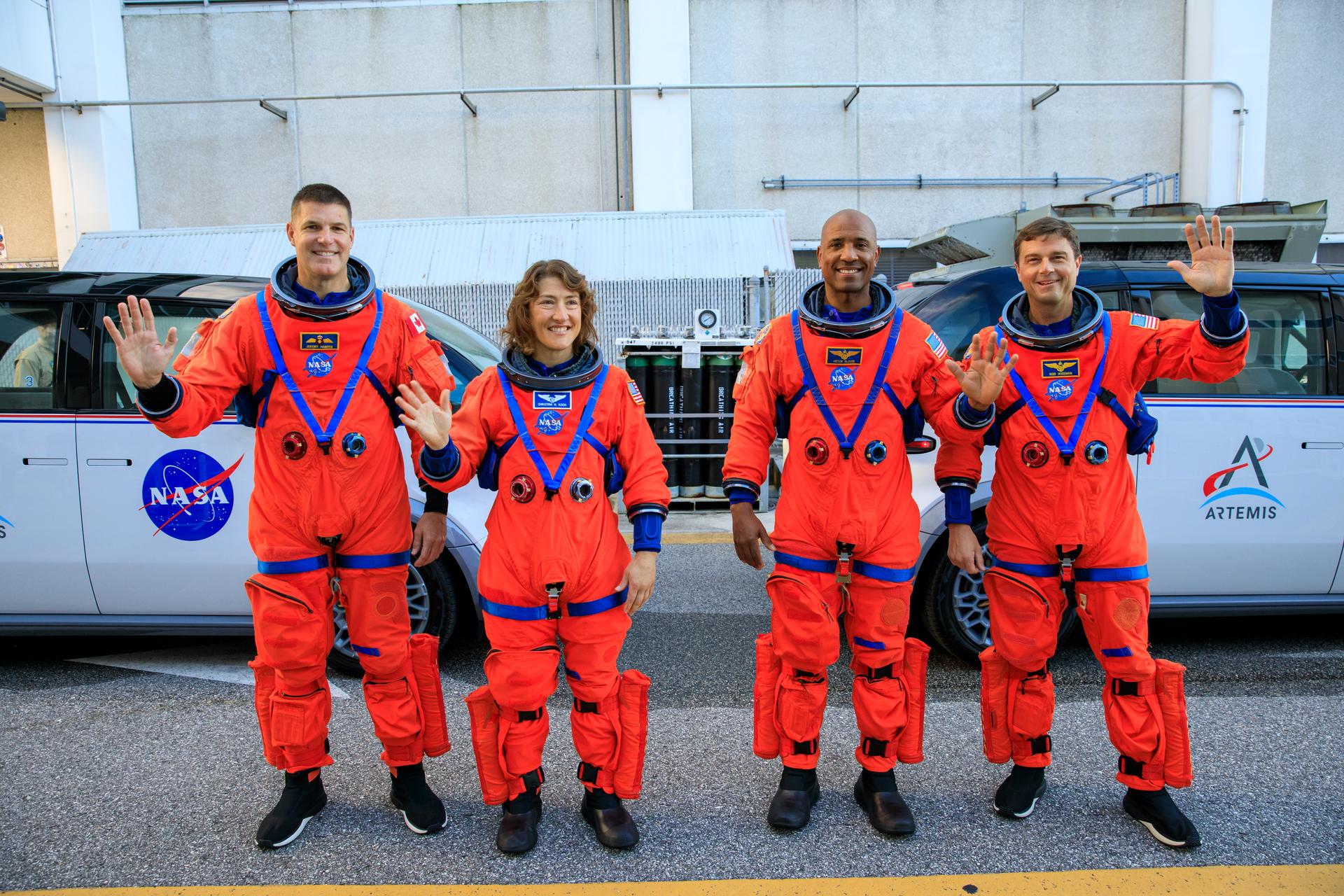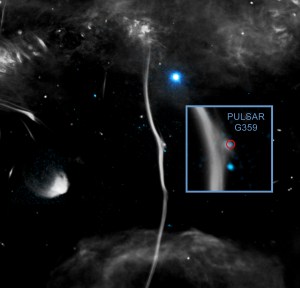
NASA’s Chandra Diagnoses Cause of Fracture in Galactic “Bone”
This image shows a structure that resembles a fractured bone called G359.13142- 0.20005 (G359.13 for short) near the center of our Galaxy. X-ray data from Chandra and MeerKAT radio data reveal that this ‘bone’ has been struck by a fast-moving, rapidly spinning neutron star, or pulsar. Neutron stars are the densest known stars and form from the collapse and explosion of massive stars. They often receive a powerful kick from these explosions, sending them away from the explosion’s location. Astronomers estimate the pulsar that caused this fracture was traveling between one and two million miles per hour.
Image Credit: X-ray: NASA/CXC/Northwestern Univ./F. Yusef-Zadeh et al; Radio: NRF/SARAO/MeerKat; Image Processing: NASA/CXC/SAO/N. Wolk
- X
https://www.nasa.gov/image-detail/bone-2/
Image CreditX-ray: NASA/CXC/Northwestern Univ./F. Yusef-Zadeh et al; Radio: NRF/SARAO/MeerKat; Image Processing: NASA/CXC/SAO/N. Wolk
Size8240x7922px

